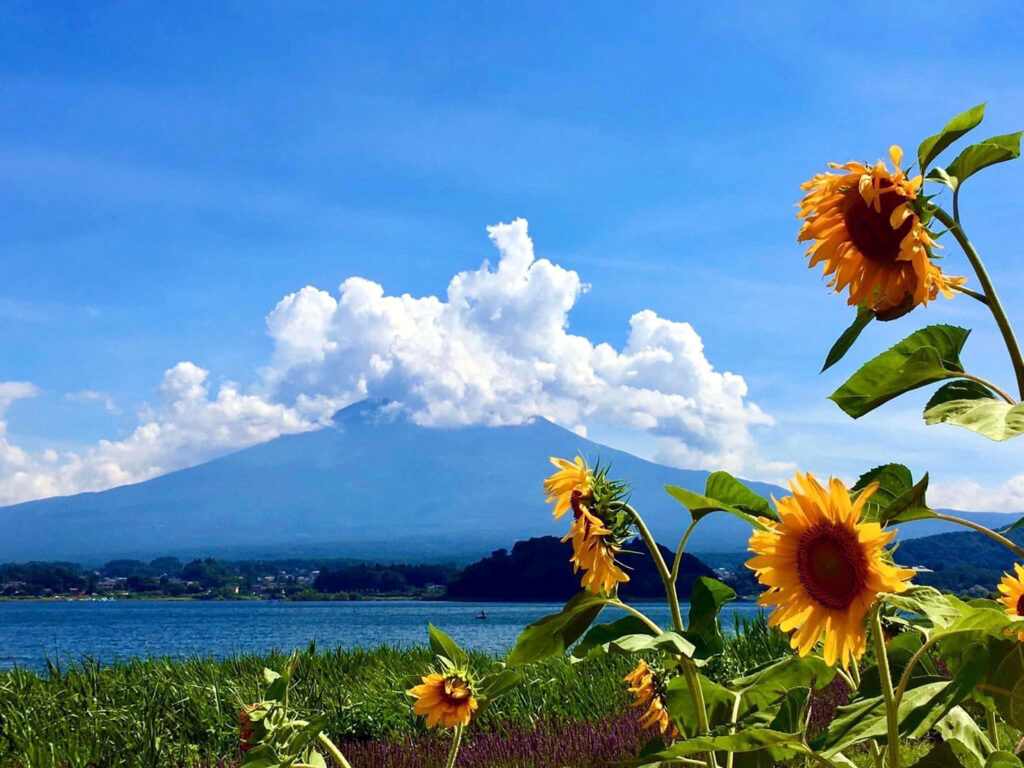
Today marks the official start of the climbing season for Mount Fuji. However, this specifically refers to the Fujinomiya Route in Shizuoka Prefecture; the Yoshida Route on the Yamanashi Prefecture side has already opened for the season on July 1st. The popularity of Mount Fuji continues to increase year by year. During the climbing season, the line of people stretches unbroken from the base to the summit, resembling a line of ants. This year, there is still a lot of remaining snow, and an accident has already occurred at the summit. It’s a season opening filled with concerns. Starting this year, climbers on the Yoshida Route will need to pay a 2,000 yen entrance fee and an optional 1,000 yen cooperation fee. Additionally, various regulations are being implemented, such as limiting the number of climbers to 4,000 per day, restricting entry times, and requiring reservations for mountain huts. However, reservations for entry and mountain huts are already fully booked. The number of foreign climbers is also rapidly increasing, and there are concerns about poor climbing etiquette. Compared to other famous mountains worldwide, where climbing regulations have long been in place, Japan’s regulations have only just started this year and are still quite lenient. For reference, the entrance fee for Mount Everest is 1.1 million yen, for Aconcagua on the border of Argentina and Chile (6,962 meters) it is 85,000 yen, and for Mount Kilimanjaro in Africa (5,895 meters) it is 89,000 yen. Moreover, these mountains require climbers to hire guides, which further increases the cost far beyond that of Japan. That being said, I am not saying that Japan should follow suit, but I believe it is only natural that climbers should bear a corresponding burden in order to protect the natural environment, as well as the beauty of Mount Fuji.
今日は富士山の山開きです。と言っても、これは静岡県の富士宮ルートのことで、山梨県側の吉田ルートはすでに7月1日に山開きを終えています。富士山人気は年々増すばかり。シーズンともなれば、山裾から頂上まで人の列は途切れることはなく、まさしくアリの行列状態です。今年は残雪も多く、もうすでに頂上では遭難事故があったばかり。心配事山積の山開きです。今年から、吉田ルートでは、入山料2,000円と任意の協力金1,000円が要ります。その他、1日の登山者を4,000人に制限することや、入山時間の制限とか山小屋の予約が必要とかいろいろな規制が課せられるようです。しかし入山予約や山小屋の予約はもうすでに満杯状態だとか。海外からの登山者も急激に増え、登山マナーの悪さも指摘されています。海外でも、有名な山々では早くから入山規制は行われているようで、それらに比べても日本の規制はやっと今年からで、まだまだ甘い様です。因みに、世界の代表的な山々の入山料を調べてみますと、エベレスト山が110万円、アルゼンチンとチリの国境にあるアコンカグア(6,962m)が8万5千円、アフリカのキリマンジァロ( 5,895m)は8万9千円と言った具合です。しかもこうした山々の登山には必ず登山ガイドを付けなければならないとか、その費用は日本をはるかに凌駕しています。かといって、日本も右へ倣えと言っているのではなく、富士山の自然と環境、そして美観を守るためのに、それ相応の負担を登山者が負うのは当然だと思うのです。









